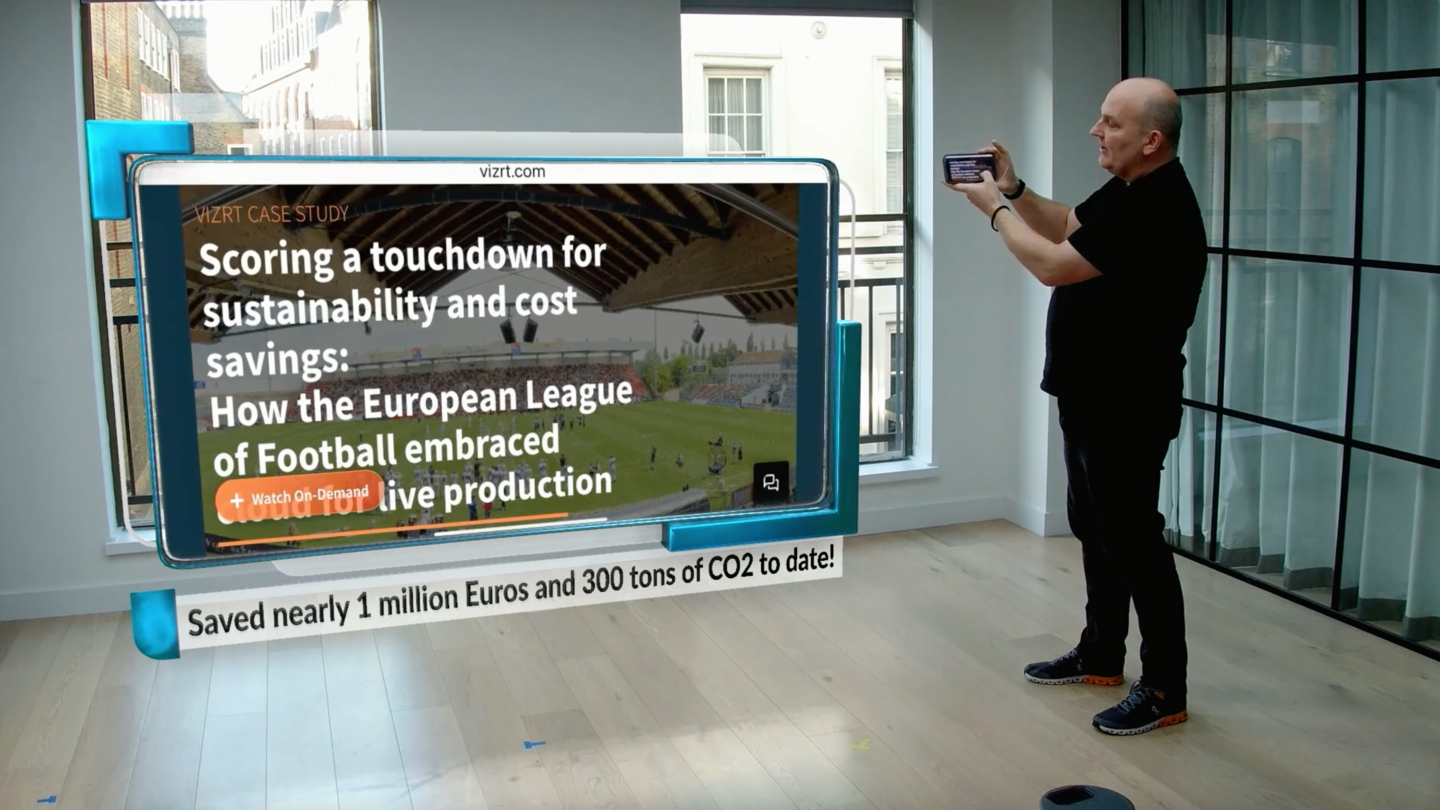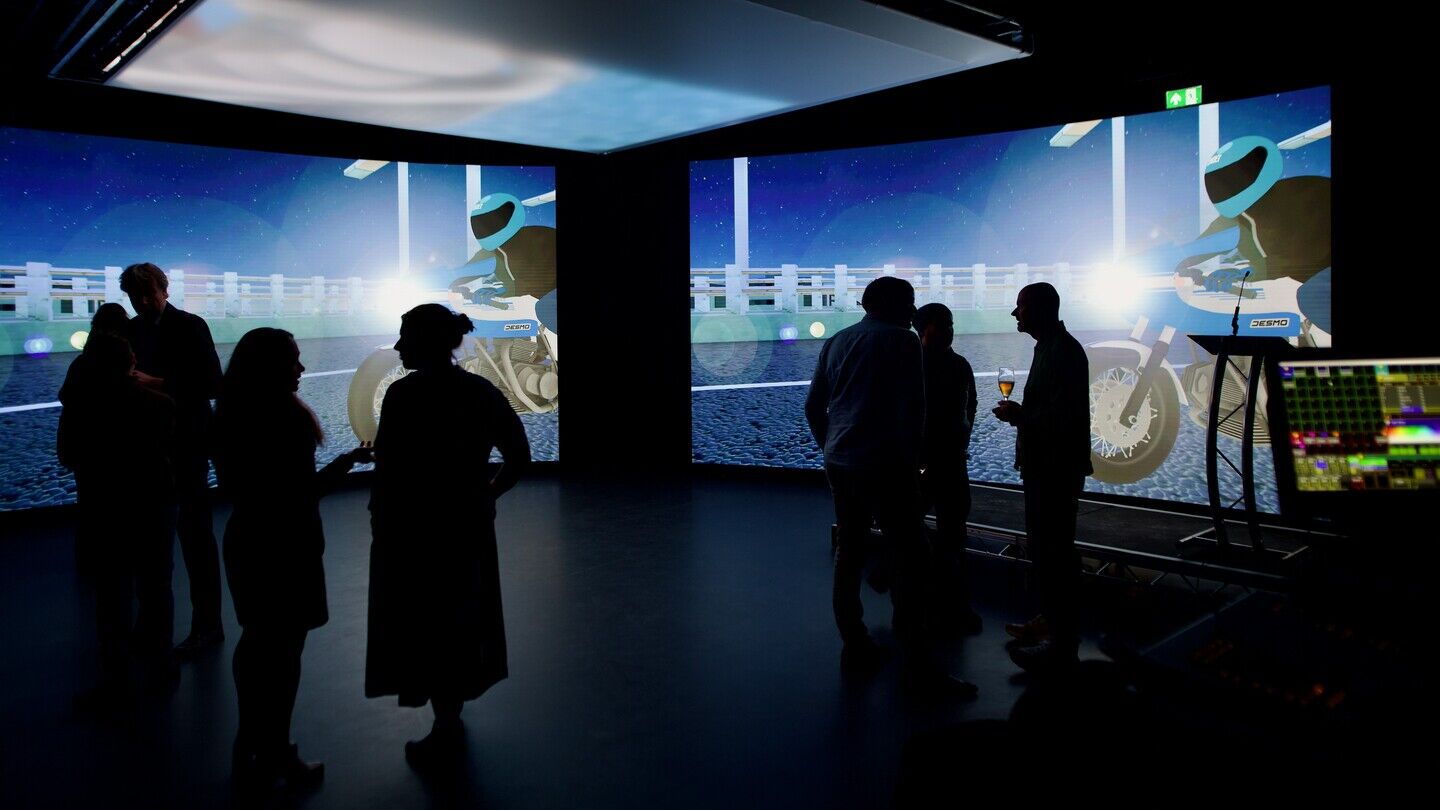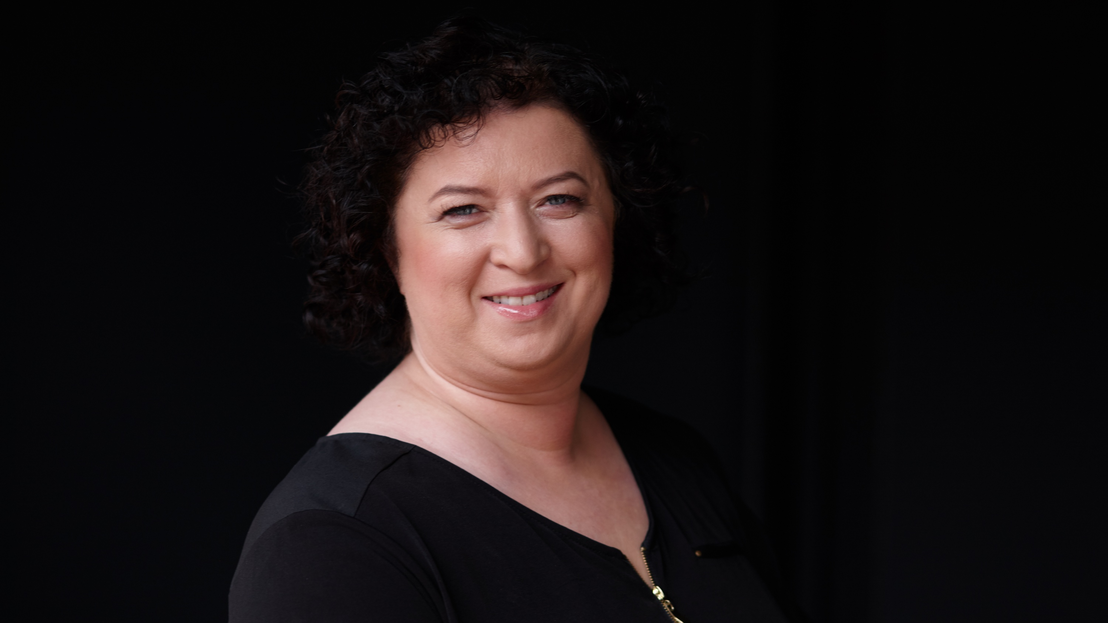Whilst the application of virtual production to big-budget tentpole productions will continue, the maturity of workflows and the development of more technical standards will enable the technology to be applied more widely, writes David Davies.
When it comes to the initial rise of virtual production (VP), it was undoubtedly a case of ‘right time, right technology’. Its ability to dramatically reduce location shooting resonated perfectly with the restrictions of the pandemic era, especially for large-budget film and TV productions that could also accommodate a degree of trial and error in applying the new technology. Consequently, the sector expanded rapidly with...
You are not signed in
Only registered users can read the rest of this article.

M&E predictions and analysis: “It's going to be an exciting decade”
Four top media analysts reveal their data-backed assessments of 2025, as well as their predictions for 2026 and beyond.

IBC Accelerators in review: From ideas to prototypes to blueprints for the future
IBC2025’s Accelerator cohort delivered some of the most ambitious demonstrations yet, featuring AI-driven production workflows, a radical rethinking of ultra-low latency streaming, and even live private 5G networks flying in an ultralight aircraft. IBC365 hears from a handful of projects to learn about life after the show.

Particle advice: How real is the Quantum apocalypse?
While Google forges ahead with unlocking the potential of its Willow quantum computing chip, cybersecurity experts warn that further breakthroughs in the field could catch a digital ecosystem built on crypto security off guard. Adrian Pennington reports.

Content Everywhere: A look back at 2025
As the year draws to a close, it seems an opportune time to ask Content Everywhere companies for their views on the top trends in 2025. As always, key industry players have been keen to respond with comments and views on how the past year shaped up both for them and the wider industry.
Broadcast AV design brings Blockchain show to life
Tasked with running two simultaneous live broadcasts from the Blockchain Life trade show in Dubai, Oasis Studio looked to create a flexible, redundant production workflow, offering a timely showcase of broadcast AV systems in action.



